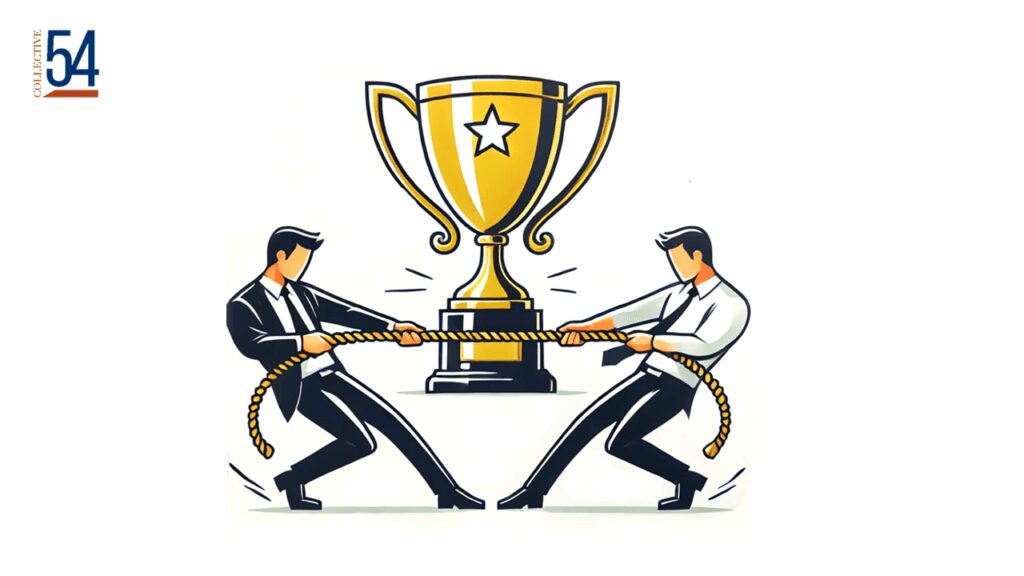Embrace the Competition: Why It’s Great for Boutique Professional Service Firms
In professional services, it’s not uncommon to hear founders proudly declare, “We are the only firm that does (insert blank).” While this statement may seem like a badge of honor, it could actually be a red flag. In this edition of Collective 54 Insights, we’ll dive into why having lots of competition is a good thing for boutique professional service firms, and why being the only firm that does what it does is a risky proposition.






